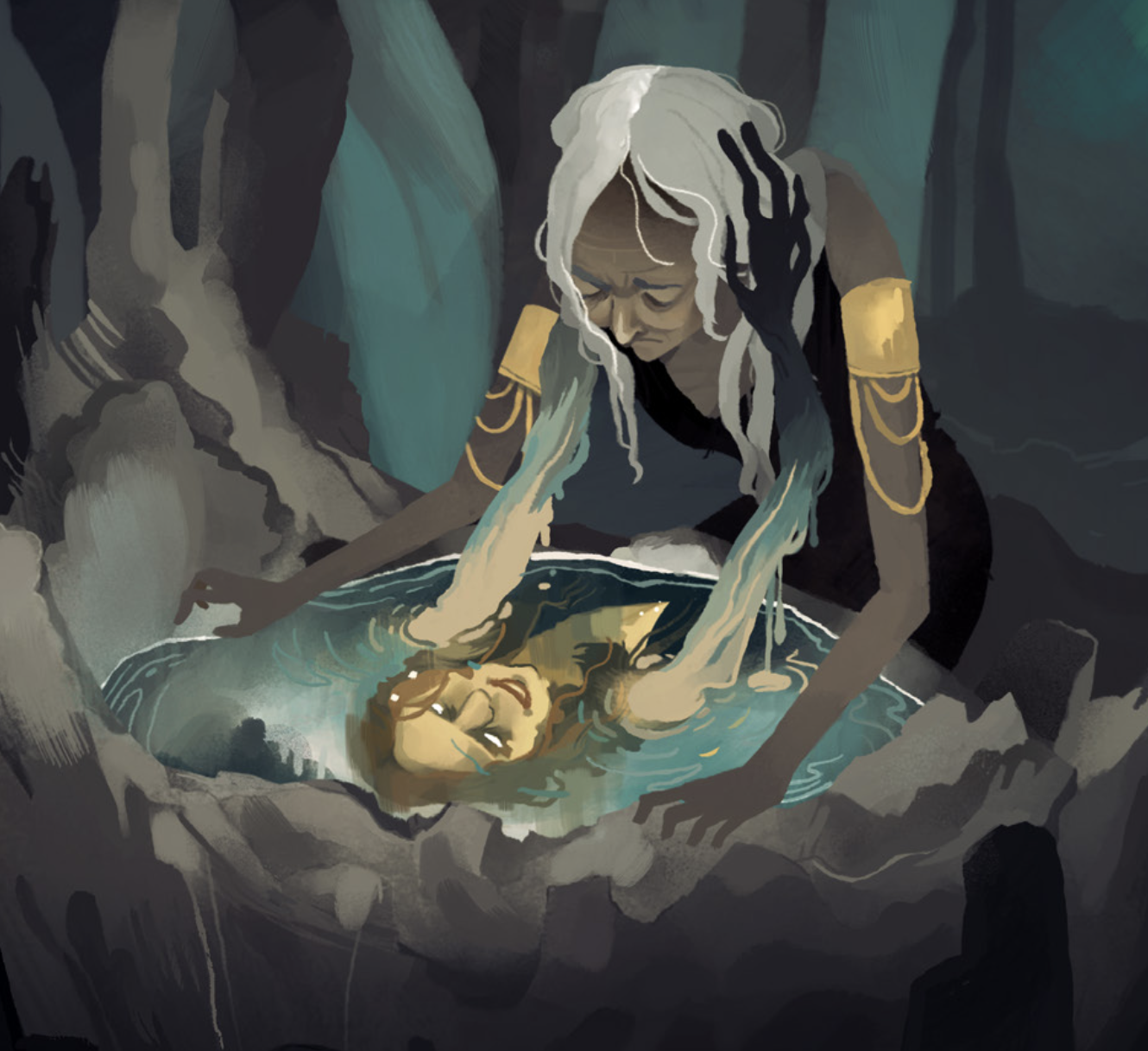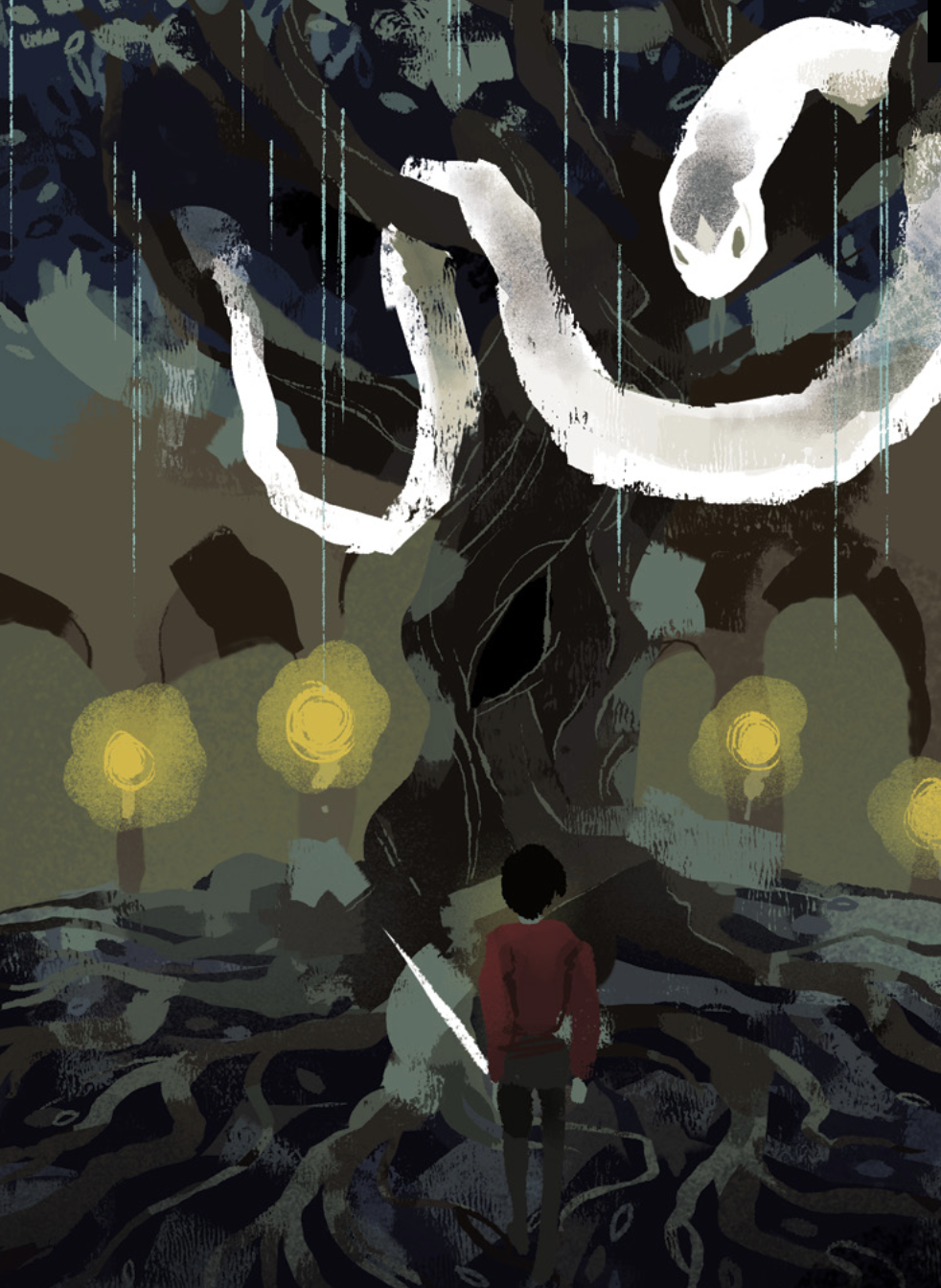ARC: Doom Tabletop RPG
Christian Haines, Managing Editor
Oris, Clickspring, and the Child were so close. So close to averting the Great Slowdown. So close to halting the apocalypse. Horlogia – our campaign setting – ran on literal clockwork mechanisms buried deep beneath its surface. Something had caused the clockwork to begin slowing down; the entire world was winding down with it. Our intrepid adventurers tracked the problem down to its source. They had already defeated the Danes, a cult committed to hastening Horlogia’s demise. They had acquired a device that might fix the world’s gears. The humanoid automaton Clickspring had sensed something drawing him towards the clockwork heart of the world. But it wasn’t to be. What was revealed in the depths of Horlogia shook their certainties and snuffed out their remaining hope to redeem the world.
In ARC, you play out the end of the world. ARC is an indie tabletop roleplaying game made by Southeast Asian designer momatoes (Bianca Canoza). It’s specifically tailored for roleplaying apocalyptic scenarios. As the rulebook’s Introduction declares, ARC is “a rules-light, tension-heavy fantasy tabletop role-playing game where anyone can create urgent stories ticking down to a seemingly inescapable apocalypse.” Perhaps a slumbering dragon awakens, threatening to consume the entire world with its fiery breath. Or maybe a mysterious plague spreads through the land, sapping the magic that fuels the turning of the seasons. Or, to borrow one of ARC’s examples, perhaps a trickster god has stolen the laughter of all the world’s children, plunging society into deadly melancholy. As it long as it threatens to annihilate existence, ARC is there to guide you to the bitter (or redemptive) end.
The central mechanism in ARC is the Doom Clock, a wonderful device for managing both your game’s storylines and the duration of your play sessions. The Doom Clock matches the real time of your tabletop sessions to the impending doom of your game’s fictional world. The GM (or DM: “Doom Master”) and players decide how many sessions they want to run the game and how long each session will be. The projected number of hours serves as the basis for how many doom “moments” will appear on the Doom Clock. A single-shot 4-hour session, for example, would default to 12 moments, one moment passing every 20 minutes of real-time play. This countdown lends an immediate and exhilarating suspense to the game. For as much as RPGs position players as heroes out to save the world, there’s seldom any urgency to players’ adventures. The Doom Clock fixes this mismatch between story and tone. As a bonus, it also offers a fixed play schedule, eliminating the tendency for tabletop sessions to drag on.
The Doom Clock is a necessarily rigid mechanism – a sharp knife on which the urgency of the game balances. The game’s other design choices are looser without being too confusing. Character creation involves three main attributes or “Approaches” (“Creative,” “Careful,” “Concerted”) and a collection of skills like “Academic,” “Survival,” and “Guile.” Skills and approaches both max out at three points. Skill checks involve combining an approach with a skill to come up with a threshold number. A successful skill check means rolling under that number with a six-sided die (d6). So, for example, when Oris – a toymaker turned not-so-pious monk – wants to inspect a broken door mechanism on the Temple of Avenir, he might combine his Concerted score of 2 with his Tinkering skill of 3, so that he only needs to roll under 5 to successfully diagnose the door’s malfunction. This simple system presides over pretty much every player action, including combat and spellcasting.
There is, however, a notable dissonance between the tightness of the Doom Clock and the rest of the game’s emphasis on free-flowing, collaborative storytelling. ARC includes a useful initiative system for conflict, an interesting health system (“Blood” and “Guts”), and a default narrative structure featuring 2-3 subplots (“Omens”) to flesh out the main apocalyptic plotline, but these coherent subsystems are surrounded by a much blurrier emphasis on collaboratively building the story world with players. The rulebook features a compelling set of spells, as well as a mini-bestiary of monsters inspired by Southeast Asian folklore, but there’s no campaign setting, only some explicit indications that ARC leans towards the genre of fantasy. All of this means that ARC requires a lot of work from the GM. The GM needs to craft at least the outline of a world for players to fill in, or they need to adapt another game’s campaign setting to ARC’s wonderful but peculiar traits. I found myself spending as much time building a campaign setting from scratch as I did plotting out the apocalyptic scenario. The GM also needs to find a way to bring the urgency of the Doom Clock to the small-scale level of player actions. These aren’t exactly criticisms, but they do raise a question: do the rules-light and setting-agnostic qualities of ARC fit well with its emphasis on tight timelines and narrative urgency?
ARC demands a deceptive amount of experience with tabletop RPGs to make the most of it. It also benefits from a high degree of initiative on the part of players. In our sessions, the campaign setting I crafted (Horlogia, a clockwork-driven world of fantasy slowing down to extinction), as well as the rulebook’s surreal art and quirky gameplay examples, pushed players towards creating quirky drifters more than ambitious adventurers. We struggled to gain forward momentum, though by the second session that problem was mostly remedied. I have no doubts that some of these issues come from a GM still getting used to a game system, but it also speaks to the fact that sometimes “rules-light” leaves players and GMs with a lot of heavy lifting to do. In the future, I would probably set up a zero session of the game in which the players could work with me as GM to craft characters well-suited for the apocalypse and to collaborate on building the campaign setting.
So, do I recommend ARC? Yes, mostly! The rulebook is beautiful with a distinctive art style of bright colors and simple figures. momatoes goes out of their way to provide quirky examples of gameplay, plot hooks, characters (both PCs and NPCs), and creatures. The Doom Clock is an innovative, simple, and elegant mechanism. You can certainly import it into other systems and settings. In short, there’s much to enjoy and make use of in ARC – just don’t expect it to be less work than Dungeons & Dragons.






